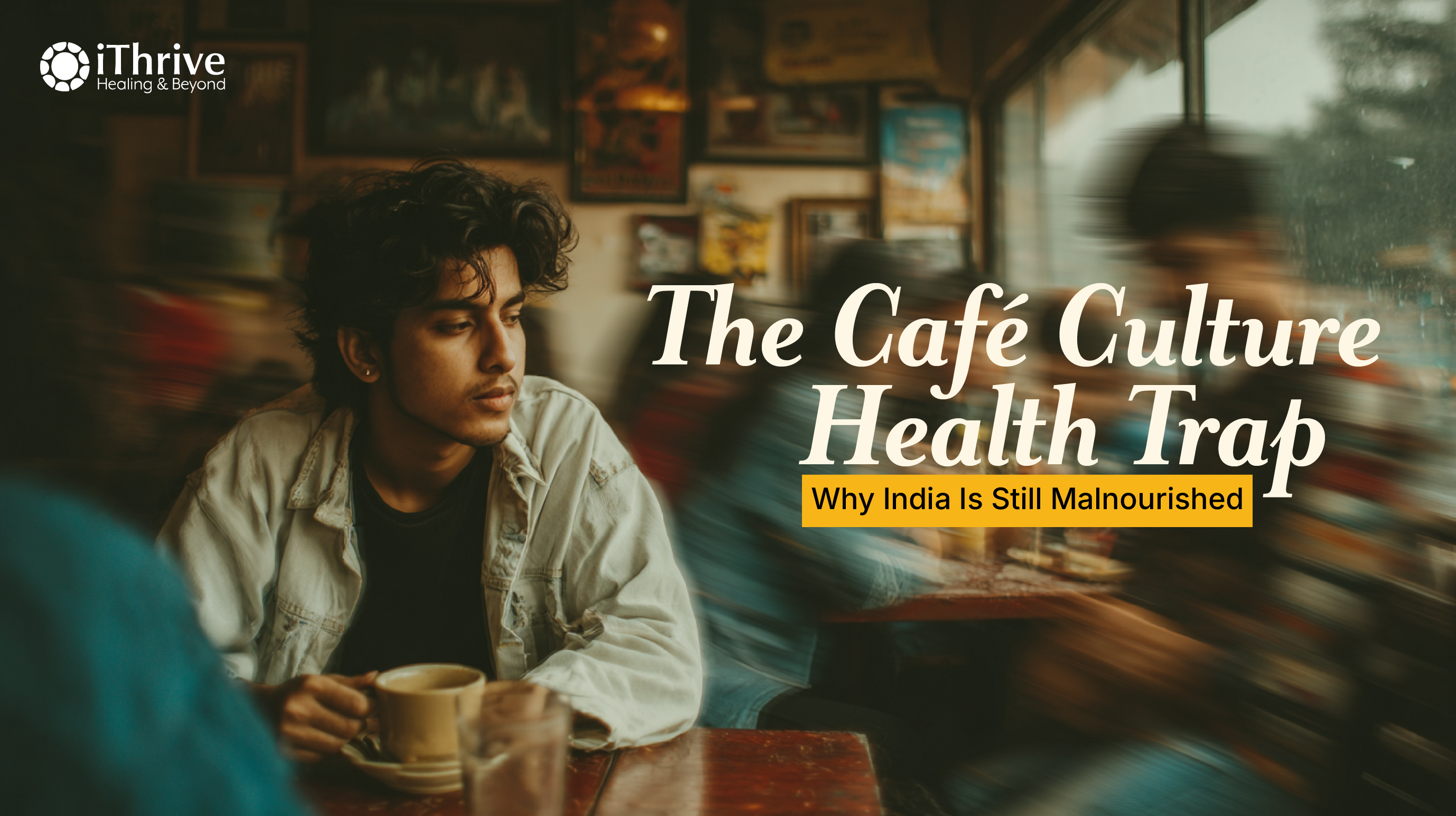India is known as the Diabetes capital of the world, and that does not come without its stats. In a study done by Lancet in 2022, India has the highest global prevalence of diabetes, with 212 million adults diagnosed in 2022. This is a staggering number in itself, and as many lifestyle disease trends go, the number has just increased.
First, let's understand what exactly is diabetes. Diabetes or diabetes mellitus is a condition where there is inadequate control of blood sugar levels. Let’s understand the basic metabolism behind this. The food that we eat gets utilized in our body as energy by the cells. For that to happen, the beta cells in our pancreas secrete the hormone insulin. The function of insulin is to help move the glucose derived from our food in the blood to the cells, where they can utilize it as fuel for their functioning.
Types of Diabetes
Diabetes occurs when there is dysfunction in this metabolism, and there are many types of it like Type 1 diabetes, Type 2 diabetes, and Type 1.5 diabetes amongst others. So let’s understand how each one is different.
- Type 1 diabetes: T1DM is autoimmune in nature and is characterized by the destruction of the beta cells in the pancreas. This means that there is poor to no insulin secretion in the body. Type 1 diabetes is diagnosed during childhood, and out of the global burden of diabetes in the world, this accounts for about 10%. (1)
- Type 2 diabetes: This is the most common type of diabetes, and is characterized by insulin resistance. Insulin resistance is basically when the cells in the body, especially liver, muscles and fat cells don’t respond well to insulin, which is why there is limited uptake of glucose from the blood into the cells, resulting in hyperglycemia or high blood glucose levels. All the while, the cells keep signaling the pancreas to make more insulin, resulting in a state of hyperinsulinemia. This type of diabetes is more commonly diagnosed during late adulthood. (2)
- Type 1.5 diabetes: This type of diabetes is something that many people have not heard of. It is also called LADA or Latent autoimmune diabetes of adults, and it shares features with both, Type 1 and Type 2 diabetes. Like Type 1, it is autoimmune in nature, but its onset begins in adulthood, and for the initial 6 months after disease initiation, you don’t require the support of insulin for blood sugar control. (3)
Best Diet for Diabetes Control

Having understood what the different types of diabetes are, we come back to the age-old question of which is the best diet for diabetes control. Are there any foods to fight diabetes or do we have to rely lifelong on medications? How to actually reverse diabetes naturally?
The good news is that there is a direct science of nutrition and diabetes involved, and correcting food and lifestyle can go a long way in treating diabetes. For conditions like Type 1 and Type 1.5 diabetes, insulin support becomes critical because the body is unable to synthesize insulin, which is why it needs exogenous support. However, for Type 2 diabetes, insulin resistance is reversible naturally, without lifelong dependence on medications.
Anyone who knows Functional nutrition and its principles, knows the power of correcting dysfunctions through root causes. So it is always recommended to get the bloodwork done first, see if there are factors like inflammation or oxidative stress involved apart from insulin resistance, and correct it with the right food, supplements, and lifestyle measures.
What is the right food, you ask? Well, let's talk about the do’s and don’ts when it comes to Functional nutrition and diabetes:
- Say no to processed foods:
This comes as a no-brainer because most if not all your processed foods are highly processed and will have additives and preservatives, which can cause a rapid spike in your blood sugar levels. - Eat your fibre, don’t drink it:
Many people are under the misconception that eating fresh fruits is the same as drinking fruit juices. That is incorrect. Firstly, your fruit juices are stripped of fibre, which just leaves them as rich sources of fructose (fruit sugars), which will again spike the blood sugar levels. Secondly, to make one glass of fruit juice, you end up using almost four times the amount of raw fruit you would have consumed, which again is a megadose of fructose. (4)
- Hidden sugars:
Falling for marketing gimmicks like “no added sugars” or “diet sodas” thinking that finally you have a ready-to-consume product at your fingertips. Think again. Just flip the product and look at its ingredient list. If you can spot any of the following culprits, it's best to put the product back on the shelf and look the other way for the sake of your blood sugar. (5,6)
- Aspartame
- Acesulfame potassium (Ace-K)
- Dextrose
- Saccharin
- High-fructose corn syrup
- Malt syrup
- Sucralose
- White granulated sugar
- Cyclamates
- Maltodextrin
- Seed oils could be seeding the problem:
Different regions in India have different preferences for seed oils that are used for cooking. But one thing in common for them all is their high levels of omega-6 fatty acids. The Arachidonic acid in omega 3 AA induces a pro-inflammatory state, which represents a fertile ground for the development of insulin resistance. Instead, focus on improving the consumption of omega-3 fatty acids through diet and supplementation, because it helps in improving the glucose uptake in cells. (7)
- Carbohydrates - yay or nay?
Every diabetic would have been advised at least once in their life that carbs are their new foes. But do they need to fear it as much? Not if they are smart about their meal planning. Yes, you have to avoid making your meals carbohydrate-rich and instead focus on improving the quality and quantity of proteins and fats in the diet. Even when opting for carbs, go for sources rich in dietary fibre or resistant starch to delay the spike in blood glucose levels. (8, 9)
- Supplemental support:
Apart from taking care of the diet, there is also the support of supplements that you can take. There have been plenty researches that have shown that herbs and supplements like fenugreek (10), berberine (11), Magnesium (12), Chromium (13), and Bitter gourd (14) have been beneficial in improving insulin sensitivity and reducing blood sugar levels. Do keep in mind to take these supplements under the advice of a healthcare practitioner.
Like Hippocrates has famously said, “Let food be thy medicine, and medicine be thy food”, let’s not overlook the power that the right food can have in correcting health dysfunctions, especially non-communicable diseases like Type 2 diabetes. With the right food, the correct lifestyle, and supplements, you don’t have to carry the lifelong burden of diabetes medications.
Subscribe to our newsletter and receive a selection of cool articles every week





.webp)

.jpg)


_Artboard%201.webp)


